How To Distress Furniture With Chalk Paint

Table of Contents
How to Distress Furniture with Chalk Paint: A Step-by-Step Guide
Distressing furniture with chalk paint is a popular technique that gives your pieces a beautiful, aged look. It adds character and charm, transforming ordinary pieces into unique, eye-catching statements. This guide will walk you through the process, providing tips and tricks for achieving the perfect distressed finish. We'll cover everything from choosing the right paint and tools to mastering the distressing techniques themselves.
Choosing Your Supplies: The Foundation of a Great Distressed Look
Before you begin, gather your essential supplies. Quality materials make a significant difference in the final result.
Essential Supplies:
- Chalk Paint: Choose your desired color. Chalk paint's matte finish and ability to adhere to almost any surface make it ideal for distressing. Popular brands include Annie Sloan and Rust-Oleum.
- Wax (Clear or Dark): Wax seals the chalk paint, protects the finish, and adds depth. A dark wax enhances the distressed look by settling into the crevices.
- Paintbrushes: Use a high-quality brush for a smooth application. A smaller brush is useful for detailed work.
- Sandpaper: Various grits are needed. Start with a coarser grit (like 120-grit) for significant distressing and finish with a finer grit (like 220-grit) for smoothing.
- Cloth Rags: Soft, lint-free cloths are crucial for applying wax and wiping away excess paint.
- Drop Cloth: Protect your work surface.
- Gloves: Protect your hands from the paint and wax.
- Optional: Steel Wool: For a more aggressive distressing effect.
Preparing Your Furniture: The Key to a Smooth Finish
Proper preparation is key to a successful distressing project. A poorly prepped surface can lead to uneven paint application and an unsatisfactory final look.
Preparation Steps:
- Clean the Surface: Thoroughly clean your furniture piece with a degreaser to remove any dirt, grease, or grime. This ensures the chalk paint adheres properly.
- Sand (Optional): Lightly sanding the surface can improve paint adhesion, especially on glossy surfaces. However, for a more rustic look, this step can be skipped.
- Prime (Optional): Priming isn't always necessary with chalk paint, but it can help with coverage, especially on darker woods. Use a quality primer suitable for chalk paint.
Applying the Chalk Paint: Achieving Even Coverage
Applying the chalk paint is straightforward, but even coverage is essential for a professional finish.
Painting Process:
- Apply Thin Coats: Apply several thin coats of chalk paint rather than one thick coat. This prevents drips and ensures even coverage. Allow each coat to dry completely before applying the next.
- Let it Dry: Ensure the paint is completely dry before moving on to the distressing process. Drying time depends on the paint and the environment.
Distressing the Furniture: Creating the Aged Look
This is where the magic happens! The distressing technique you choose will determine the final look.
Distressing Techniques:
- Sanding: This is the most common method. Use sandpaper to gently rub away paint in areas that would naturally wear down, such as edges, corners, and raised details. Start with a coarser grit and finish with a finer grit for a smoother look.
- Steel Wool: For a more aggressive, heavily distressed look, use steel wool to rub away paint.
- Dry Brushing: Apply a second color of chalk paint with a dry brush, barely loading the bristles with paint. This creates a subtle, layered effect.
Waxing and Finishing: Protecting Your Masterpiece
Waxing protects your work and enhances the distressed look.
Waxing Process:
- Apply the Wax: Apply a thin layer of wax using a soft cloth, working it into the crevices and distressed areas.
- Buff: After letting the wax sit for a few minutes (check the wax instructions), buff it with a clean cloth until it's smooth and shiny. A dark wax will further enhance the distressed look.
- Multiple Coats (Optional): For added protection, apply multiple coats of wax, buffing thoroughly between each coat.
Beyond the Basics: Advanced Distressing Techniques
Once you master the fundamentals, explore advanced techniques for even more unique results:
- Crackle Medium: Create a crackled effect for an antique appearance.
- Dry brushing with metallic paints: Add subtle highlights for a unique touch.
- Using stencils: Add patterns or designs to enhance the distressed look.
By following these steps and experimenting with different techniques, you can transform your furniture into stunning, one-of-a-kind pieces. Remember to practice on scrap wood before tackling your prized possessions! Happy distressing!

Thank you for visiting our website wich cover about How To Distress Furniture With Chalk Paint. We hope the information provided has been useful to you. Feel free to contact us if you have any questions or need further assistance. See you next time and dont miss to bookmark.
Featured Posts
-
White Resin Wicker Patio Furniture
Jan 22, 2025
-
Size Of A Powder Room
Jan 22, 2025
-
Liverpool Vs Lille Live Score Stream And Result
Jan 22, 2025
-
J Hook Ceiling Fan
Jan 22, 2025
-
Contemporary Fireplace With Tv
Jan 22, 2025